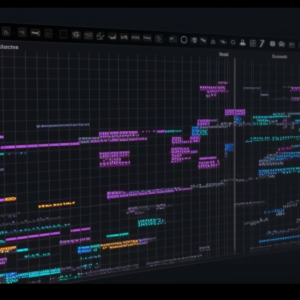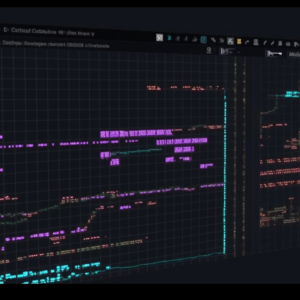IBM: Malware Analysis and Assembly Language Introduction
This course introduces the processes and methods for conducting malware analysis of different file types and describes how Assembly Language is used to analyze malware.
About this course
Malicious software, or malware, is typically delivered over a network and is designed to cause disruption to a computer, client, server, or network. Disruptions can include leaked private information, unauthorized access to information or systems, blocked user access, interference with security and privacy, or numerous other variations of attacking systems.
Malware analysis dissects malware to gather information about the malware functionality, how the system was compromised so that you can defend against future attacks.
Assembly is a low-level language that is used to communicate with the machine. Assembly programming is writing human-readable machine codes or machine instructions that are directly read by the computer. All high-level languages compiled programs like C or C++ can be broken down, analyzed, and understood using Assembly language with the help of a debugger. This process is known as reverse engineering. Understanding what an executable program does is easy if you have direct access to the source code. But if not, such as the case with malware, learning Assembly can be helpful.
At a Glance:
Institution: IBM
Subject: Computer Science
Level: Introductory
Prerequisites:
None
Language: English
Video Transcript: English
Associated skills:Debugging, Machine Assembly, Information Gathering, C (Programming Language), Malware Analysis, C++ (Programming Language), Assembly Language, Human Readable










There are no reviews yet.